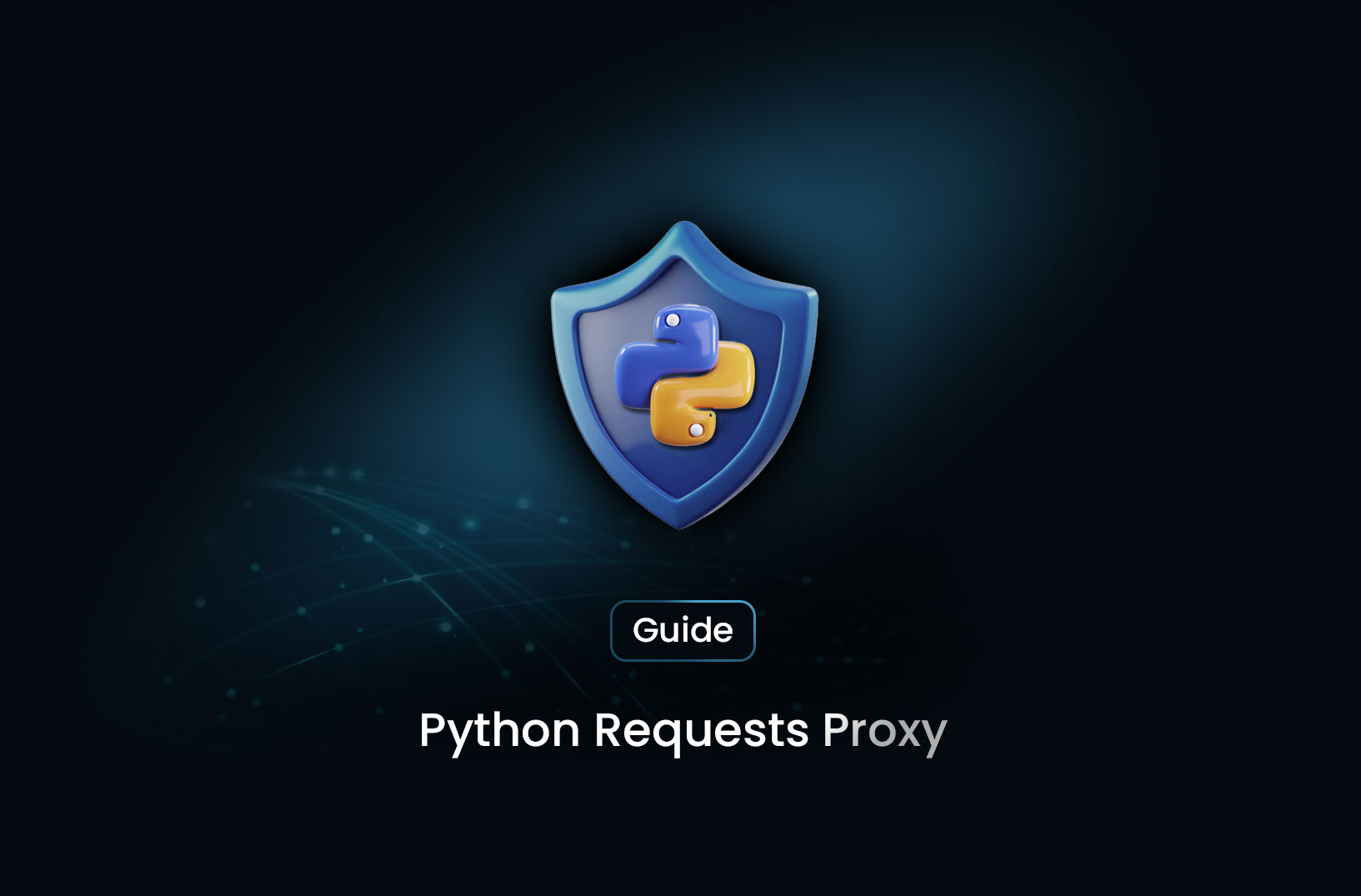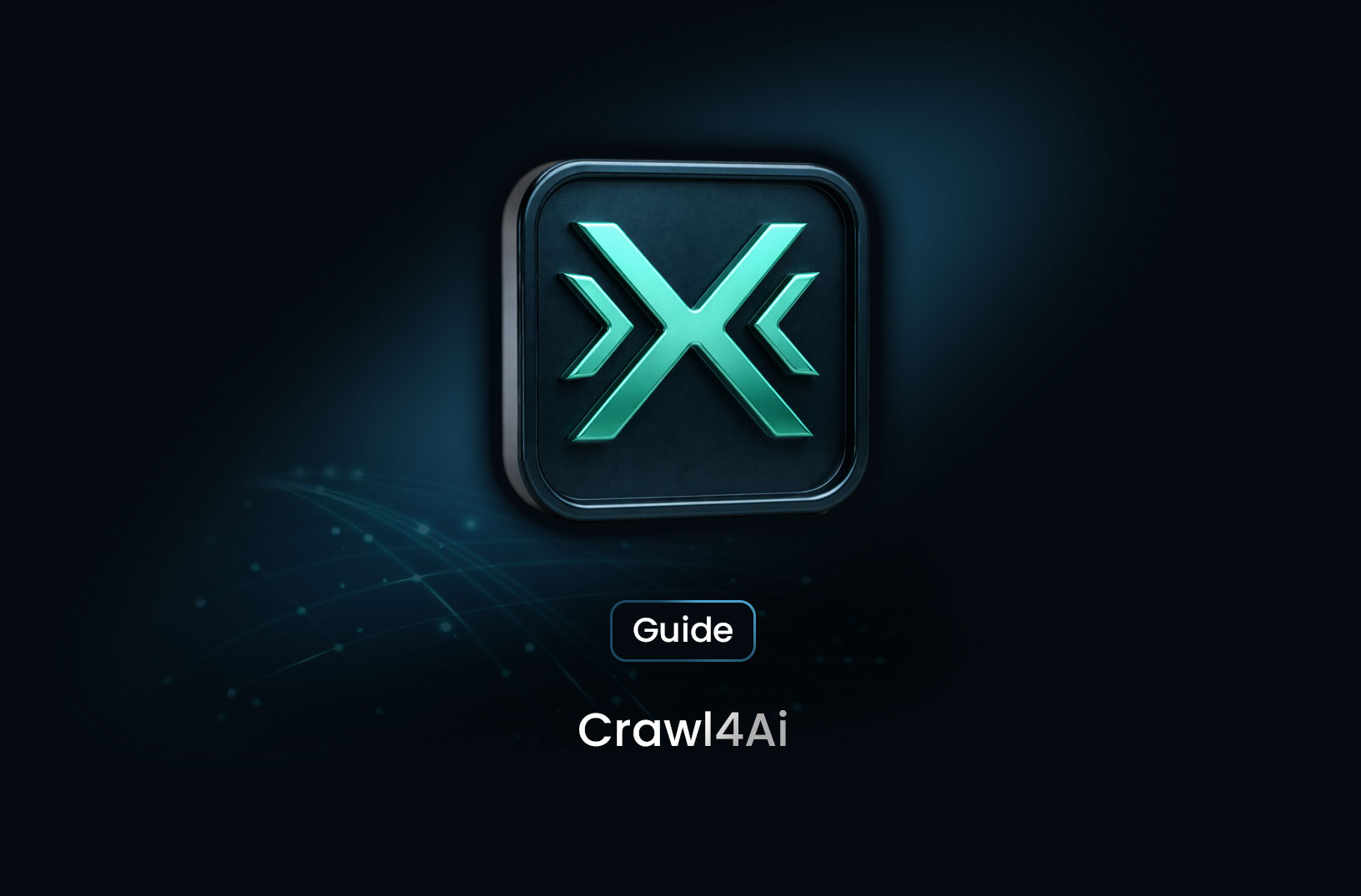
Python Requests Proxy Setup: How to Route Traffic Securely
GuideLearn how to use proxies with Python Requests to enhance anonymity, bypass restrictions, and improve web scraping efficiency. This guide covers Python HTTP proxies, proxy servers, and best practices for secure data extraction.
When scraping the web or making API calls, you may encounter IP-based restrictions, rate limits, or blocked access. One effective way to bypass these limitations is by using a proxy server. In this guide, we'll explore how to set up a Python requests proxy to enhance your web scraping and HTTP requests.
Why Use a Proxy in Python?
A proxy server acts as an intermediary between your computer and the target website. Using a proxy in Python has several benefits:
- Bypassing IP restrictions: Avoid being blocked by websites that impose geographic or request limits.
- Enhancing anonymity: Hide your real IP address while scraping data.
- Accessing geo-restricted content: Use different proxy locations to access region-specific content.
- Load balancing requests: Distribute requests across multiple proxies to avoid bans.
Setting Up a Proxy with Python Requests
The requests module in Python allows easy integration of proxies for HTTP and HTTPS requests. Below is a step-by-step guide to using proxies in Python.
1. Installing the Requests Library
Ensure you have the requests module installed. If not, install it using pip:
pip install requests
2. Using an HTTP Proxy in Python Requests
To send a request through a proxy, use the proxies parameter:
import requests
proxies = {
"http": "http://username:password@proxy-server.com:port",
"https": "https://username:password@proxy-server.com:port"
}
url = "https://example.com"
response = requests.get(url, proxies=proxies)
print(response.text)
Replace username, password, proxy-server.com, and port with the actual proxy details.
3. Using SOCKS5 Proxy in Python Requests
For SOCKS5 proxies, install the requests[socks] package:
pip install requests[socks]
Then, configure the proxy in your requests:
import requests
proxies = {
"http": "socks5h://username:password@proxy-server.com:port",
"https": "socks5h://username:password@proxy-server.com:port"
}
response = requests.get("https://example.com", proxies=proxies)
print(response.text)
4. Rotating Proxies for Large-Scale Scraping
To avoid detection, rotate proxies dynamically:
import requests
import random
proxy_list = [
"http://username:password@proxy1:port",
"http://username:password@proxy2:port",
"http://username:password@proxy3:port"
]
url = "https://example.com"
proxy = {"http": random.choice(proxy_list), "https": random.choice(proxy_list)}
response = requests.get(url, proxies=proxy)
print(response.status_code)
5. Setting Up a Simple Python Proxy Server
If you need a local proxy server, you can use mitmproxy or Squid Proxy. Install mitmproxy with:
pip install mitmproxy
Then, start the proxy server with:
mitmproxy -p 8080
Now, configure Python requests to use localhost:
proxies = {
"http": "http://localhost:8080",
"https": "http://localhost:8080"
}
Conclusion
Using a Python requests proxy is essential for web scraping, data extraction, and bypassing network restrictions. Whether you're using HTTP, HTTPS, or SOCKS5 proxies, implementing them correctly ensures seamless and efficient data retrieval. If you need a reliable solution, consider Mrscraper.com, an AI-powered web scraping tool that simplifies proxy integration and data collection.
Find more insights here

How to Parse JSON with Python: A Practical Guide
A practical guide to parsing JSON in Python, covering json.loads, json.load, nested data, error hand...

Data Scraping: What It Is, How It Works, and Why It Matters
Learn what data scraping is, how it works, common techniques, real-world use cases, and key legal an...

Crawl4AI: A Practical Guide to Modern Web Crawling for AI and Data Workflows
A practical guide to Crawl4AI, an open-source crawler for dynamic websites, structured extraction, a...
